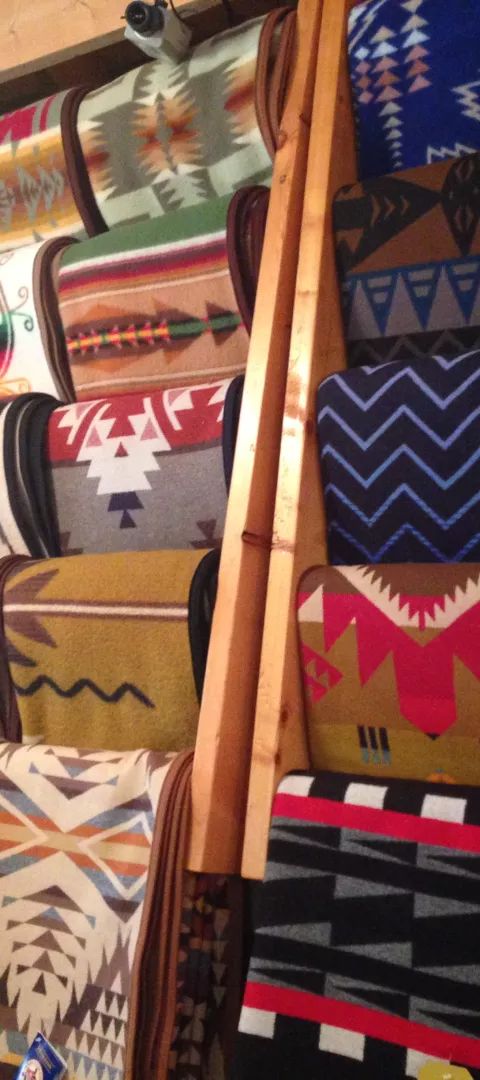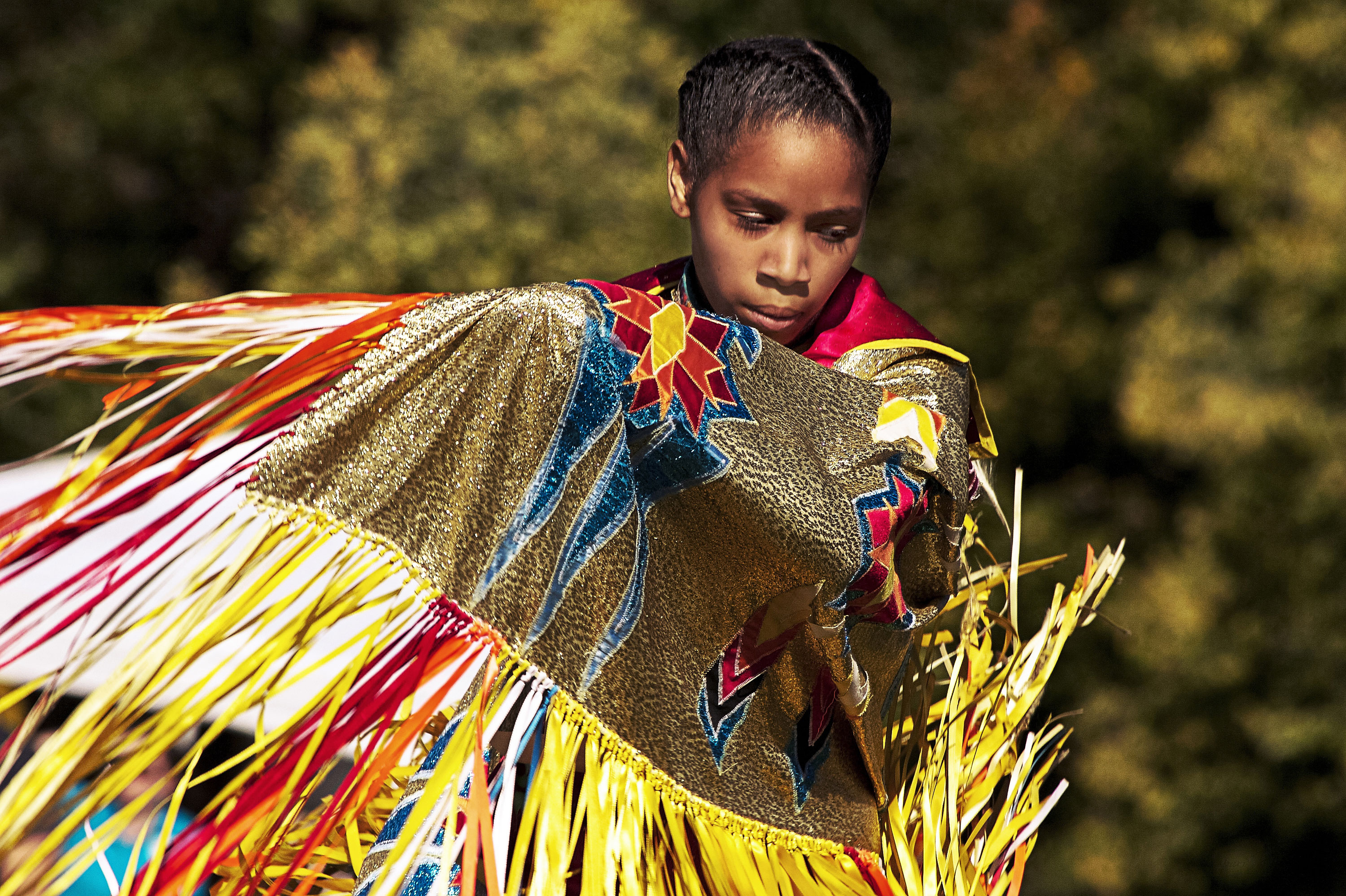
Find Native American History & Heritage in Minnesota
Find Native American History & Heritage in Minnesota
By Aegor Ray
Get acquainted with Dakota and Anishinaabe history, and plan a trip to honor and celebrate the state's original inhabitants.
According to the Bdewakantonwan Dakota creation story, Dakota people and life began in Minnesota. Through oral histories, we know that the Anishinaabe migrated here through a passage of the Great Lakes and clashed with the Dakota, but eventually came together in peace.
Tribal Nations in Minnesota
Today, there are 11 sovereign indigenous nations in Minnesota.
The seven Anishinaabe nations are the Bois Forte Band of Chippewa, Fond du Lac Band of Lake Superior Chippewa, Grand Portage Band of Lake Superior Chippewa, Leech Lake Band of Ojibwe, White Earth Band of Ojibwe, Mille Lacs Band of Ojibwe, and Red Lake Nation.
The four Dakota nations are the Shakopee Mdewakanton Sioux Community, Prairie Island Indian Community, Lower Sioux Indian Community and Upper Sioux Indian Community.

The soft, red rock at Pipestone National Monument has been sacred to Native Americans for centuries / Myra Smisek
Major Native American Heritage Sites in Minnesota
Minnesota is home to many heritage sites that explore Native history, artistry and living culture.
Pipestone National Monument is perhaps the state's best-known Native American heritage site. Native Americans from across the country trek here to quarry the sacred red rock into ceremonial pipes. Non-native visitors are welcome to explore and learn about the active quarry pits, quartzite rock formations, tallgrass prairie and beautiful Winnewissa Falls.
Some other notable examples include the Mille Lacs Indian Museum and Trading Post in Central Minnesota; Grand Portage National Monument along Lake Superior; Hoċokata Ti, the Shakopee Mdewakanton Sioux’s cultural center and gathering space; and the Jeffers Petroglyphs in Southwestern Minnesota, a rocky outcrop of over 4,000 images carved by indigenous societies as long ago as 7000 B.C.
Another such site, Reconciliation Park in Mankato, highlights one of the darkest moments in U.S.-Dakota relations.
Reconciliation Park marks the site of the largest mass execution in U.S. history, where 38 Dakota men were hanged as the last act of the U.S.-Dakota War of 1862.
The park features a buffalo monument carved from local Kasota limestone that is surrounded by prairie grasses, a powerful image inspired by the vision of Dakota elder Vernell Wabasha. This somber monument is a commitment to healing between Dakota and non-Dakota peoples.

The Grand Portage Annual Powwow and Rendezvous / Credit: Stephan Hoglund
Go Inside a Traditional Native American Powwow
Powwows are an important cultural tradition and intergenerational community get-together where Native people perform traditional music, dance and storytelling. Non-natives are invited to respectfully attend powwows to learn about this deep cultural legacy that pre-exists the United States.
These days, large powwows may have 25 drums and over 1,000 dancers—a line stretching for a mile! Participants are expected to memorize songs down to the final beat, and songs differ between regions. Time, skill and artistry goes into each song and dance, which honor memories and share stories of creation.

A young dancer in powwow regalia at the Mahkato Wacipi / Karla Caspari
Bud Johnston, board president of the Keepers of the Sacred Tradition of Pipemakers, emphasizes the symbolic and narrative significance of different dances. Visitors should pay attention to the details in regalia, songs and style, which differ between dances. For instance, dancers and drummers may be accompanied by participants who place a pinch of tobacco onto a drum for a pipe ceremony.
Powwows also feature bustling markets with vendors that sell traditional foods such as fry bread tacos and wild rice, along with specialty crafts including native beadwork, medicinal plants and tinctures, and leatherwork.
Summer is peak season for Minnesota powwows, but indoor celebrations continue through the winter as well. Mille Lacs Band’s annual powwow in August features majestic regalia and a celebration of Ojibwe culture. In September, the Mahkato Wacipi celebrates Dakota culture while honoring the memory of the 38 Dakota warriors executed in 1862.


